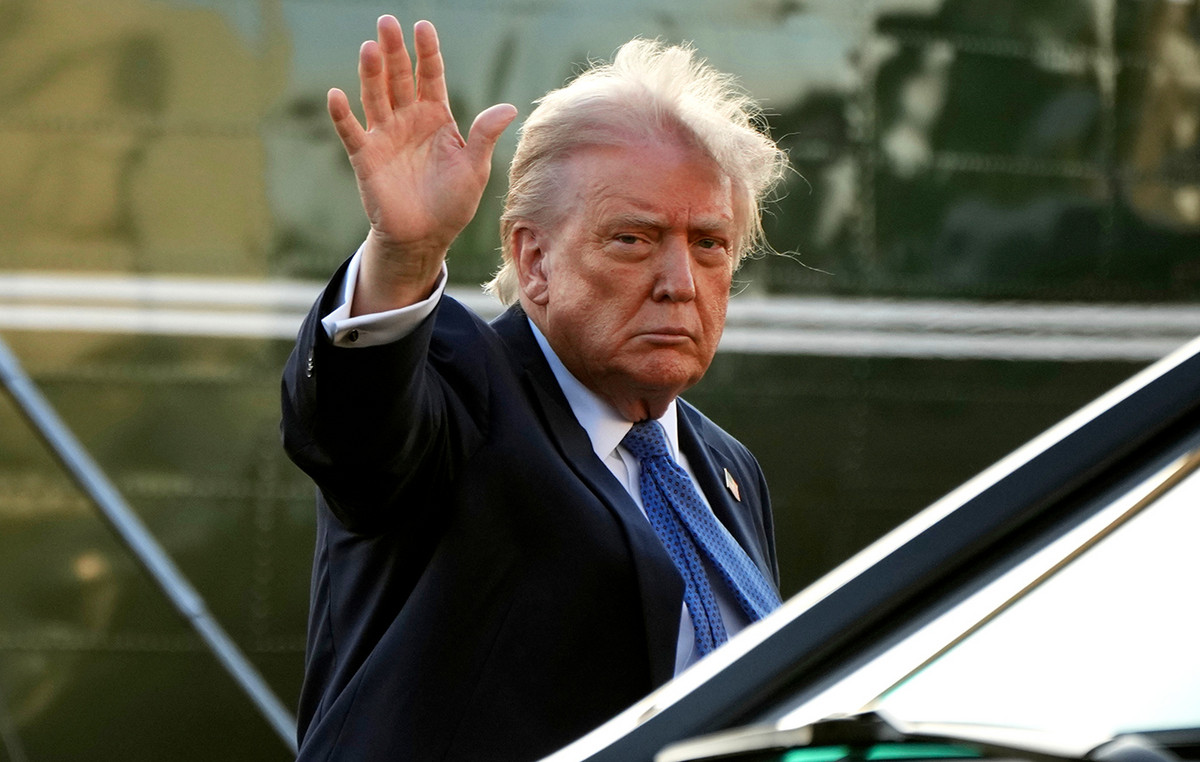The National Health Surveillance Agency (Anvisa) decided, this Wednesday (6), to maintain the ban on the importation, advertising and sale of electronic cigarettes in Brazil. The restriction began in 2009, but the marketing takes place illegally in the country.
The decision was taken during the 10th meeting of the body’s collegiate board. Unanimously, the board followed the vote given by director Cristiane Rose Jourdan.
According to the director, scientific studies show that the use of electronic smoking devices (EDS) is related to an increased risk of smoking in young people, the potential for dependence and various damages to lung, cardiovascular and neurological health.
Electronic cigarettes are devices powered by a lithium battery and a cartridge or refill, which stores the liquid. This device has an atomizer, which heats and vaporizes the nicotine. The device also has a sensor, which is activated when taking a drag and activates the battery and the LED light.
The vaporization temperature of the resistor is 350°C. In conventional cigarettes, this temperature reaches 850°C. When heated, DEFs release a liquid vapor similar to a conventional cigarette.
Electronic cigarettes are in the fourth generation, where a higher concentration of toxic substances is found. There are even heated tobacco cigarettes. They are electronic devices for heating a stick or a capsule of compressed tobacco to a temperature of 330°C. In this way, they produce an inhalable aerosol.
Context
On April 6, Anvisa opened a deadline to receive technical information about electronic cigarettes, within the Public Subsidy Procurement (TPS) process. TPS is part of the Regulatory Impact Analysis (RIA). The TPS was open for an initial period of 30 days, having been extended until June 10th.
The objective of TPS was to receive technical and scientific evidence on Electronic Smoking Devices (DEF) in order to complement work already carried out by the technical team.
What are DEFs?
Electronic smoking devices (DEF) involve different equipment and technologies, mostly consisting of equipment with a rechargeable battery and refills for use, known by different names such as electronic cigarettes, e-cigarettes, unheated tobacco, pods, among others.
Since 2003, when the first DEFs appeared, the products have undergone different changes that include disposable products, single-use products, refillable products, open or closed refills, among other variations.
Since 2009, all types of electronic devices for smoking, including electronic cigarettes, are prohibited by Anvisa, according to resolution RDC No. 46, of August 28, 2009. The ban includes the marketing, import and advertising of any devices electronics for smoking.
Process history
– The topic was included in the 2017-2020 Regulatory Agenda and migrated to the 2021-2022 Regulatory Agenda, a document that outlines the topics that will be discussed by Anvisa in a given period.
In April 2018, a panel was organized to discuss the topic at Anvisa’s headquarters in Brasília. On June 4, 2019, the regulatory process was opened for discussion.
On June 18, 2019, the collegiate board decided to hold two public hearings, to promote broad debate and collection of updated scientific evidence on the potential health risks and the possibility of reducing risks associated with electronic cigarettes.
The first Public Hearing took place on August 8, 2019, in Brasília, and the second took place on August 27, in Rio de Janeiro.
In September 2019, Anvisa issued an alert about these products in the face of reports of adverse events with users, especially in the United States.
Throughout 2021, consultations were carried out aimed at the regulated sector, the National Health Surveillance System and researchers in the area. On April 4, the Public Procurement of Subsidies was opened as part of the Regulatory Impact Analysis on the subject.
(With information from Lucas Rocha, from CNN)
Source: CNN Brasil







